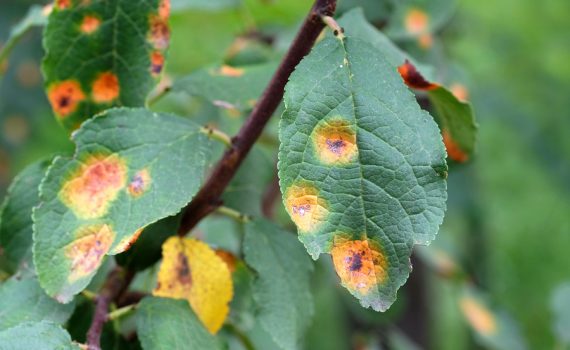Trees are living things, and like us, they can become diseased and die. This is why it’s important to examine your trees on a regular basis. Fortunately, it’s actually pretty easy to determine if you have sick trees by performing a simple visual test. Knowing what to watch out for will help you avoid damage to your home and property.
Here are some telltale signs you have sick trees:
Poor Structure
Leaning limbs or branches that cause abnormal growth patterns are worrisome. Healthy trees have strong trunks that hold up the weight of branches, so be on the lookout for weak branch unions.
Peeling Bark
Depending on the species, peeling bark is one possible sign you have sick trees. Bark protects a tree from water loss, disease, and extreme temperature fluctuations, among other things. If it’s shedding bark, the tree may not be able to preserve enough essential nutrients.
Dead Branches
Naked branches can indicate a sick tree during seasons when they should be covered with foliage. If you look closely, you may discover insect damage, or tree rot.
Abnormally Colored Leaves
Leaf problems? Trees that aren’t thriving probably won’t have leaves that appear healthy, either. Look out for deformed leaves, spots, or unusual coloration.
Noticeable Pest Movement
Pest infestations can do a lot of damage to your trees. Have you noticed small holes bored into the wood? This is a clear indication of insects. Bark beetles and moths are common offenders. At least this is one sign of a sick tree that’s easier to spot.
Abnormal Fungi and Mushroom Growth
Examining a tree from the ground up can reveal a lot about its health. Search the base of your trees for signs of decay, fungi and mushrooms, or severed roots. Not all mushrooms are harmful to trees, but unfortunately, they can indicate a sick tree may be infected with a rot-inducing pathogen.
If you notice any of these signs, it’s time to call in an expert. Sick trees should be treated quickly, or they can infect other trees, and even die. But sometimes it’s tricky to identify just what the problem is. Our experienced professionals are ready to help with any further questions. Please contact our office today.
 Bringing Sexy Back Into Your Yards
Bringing Sexy Back Into Your Yards 
